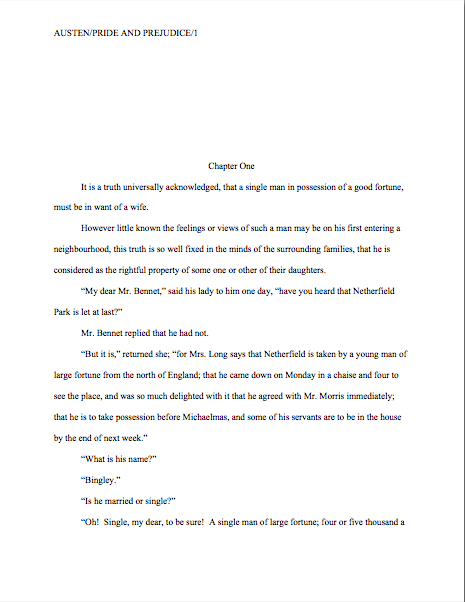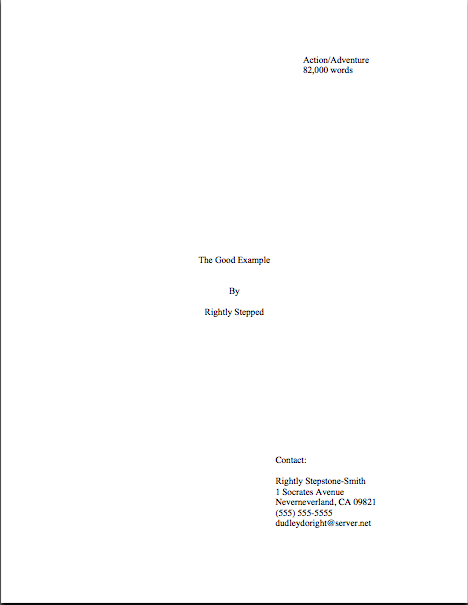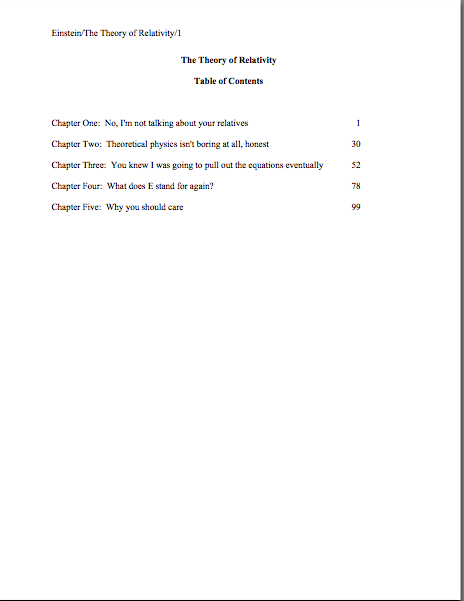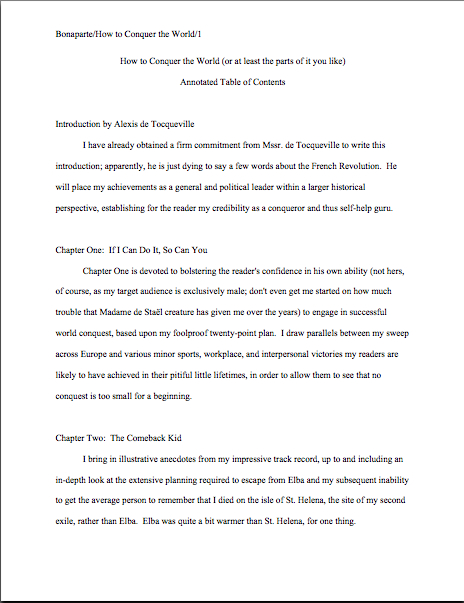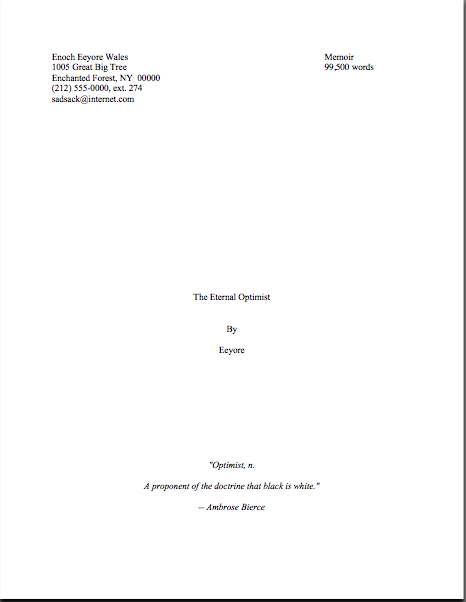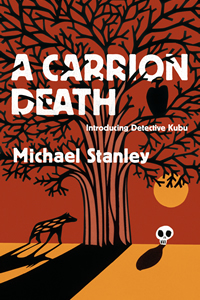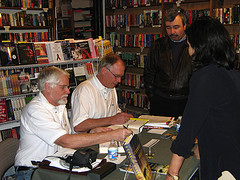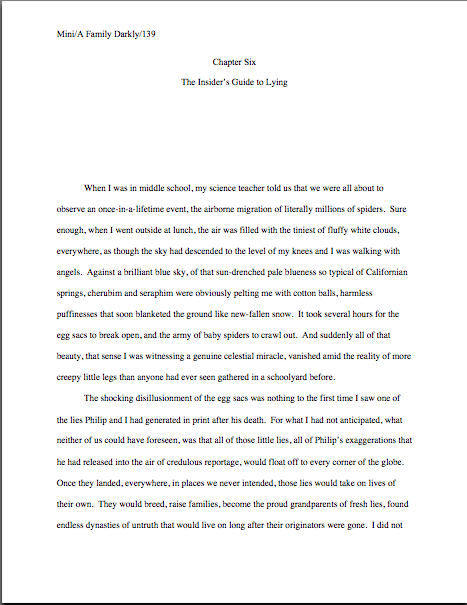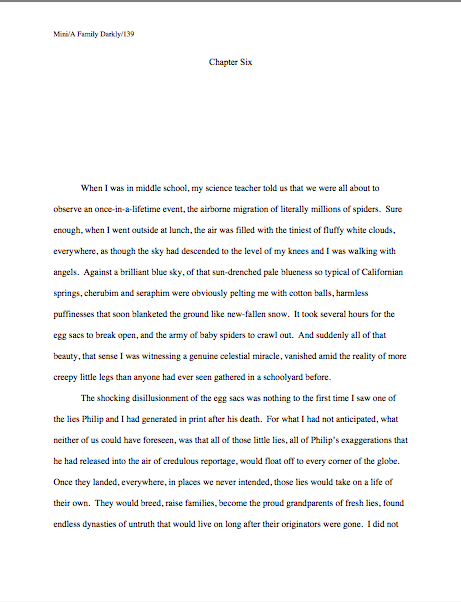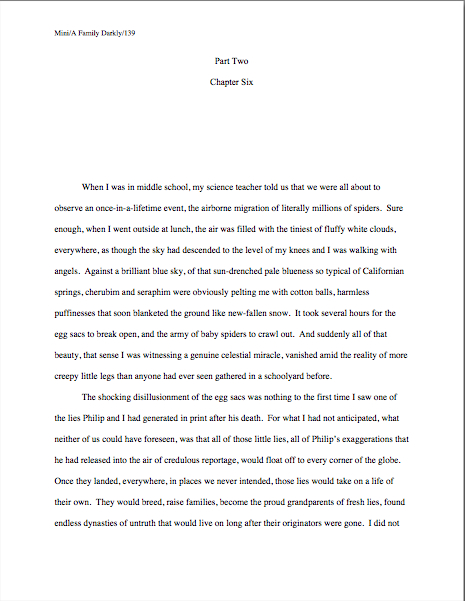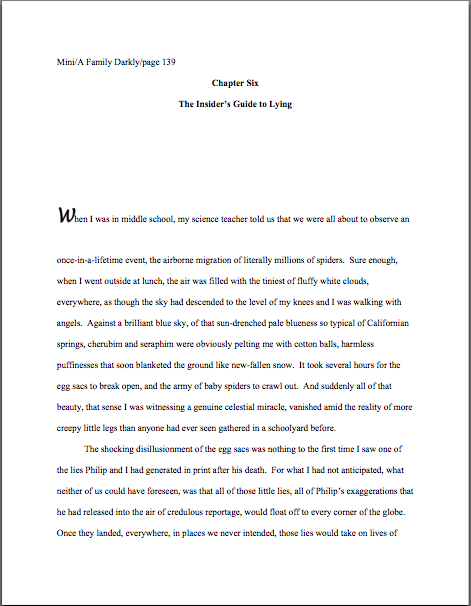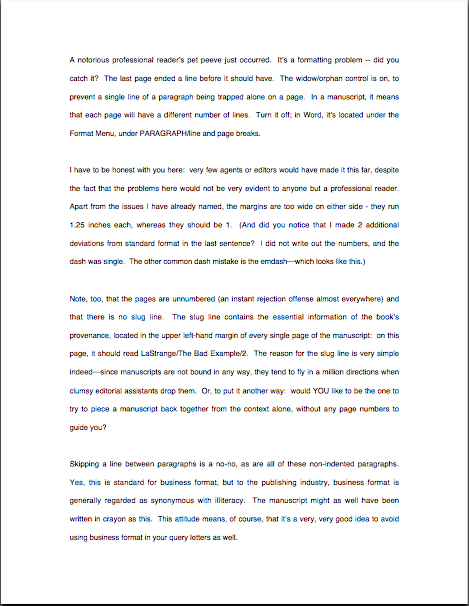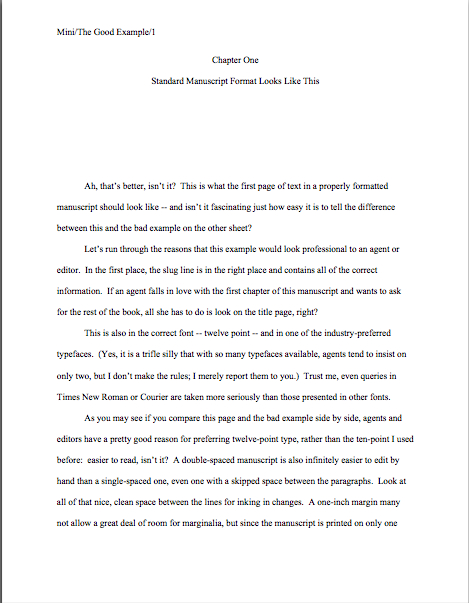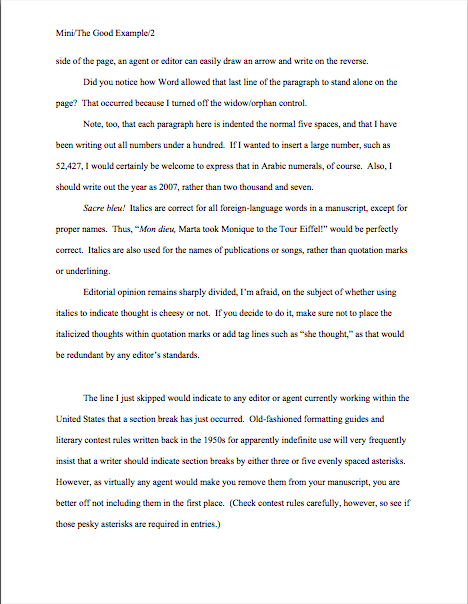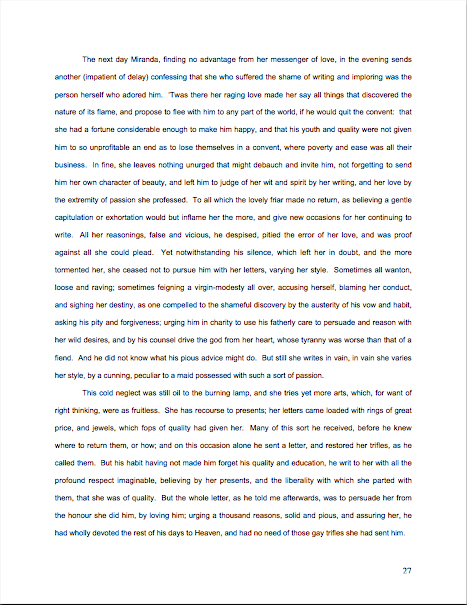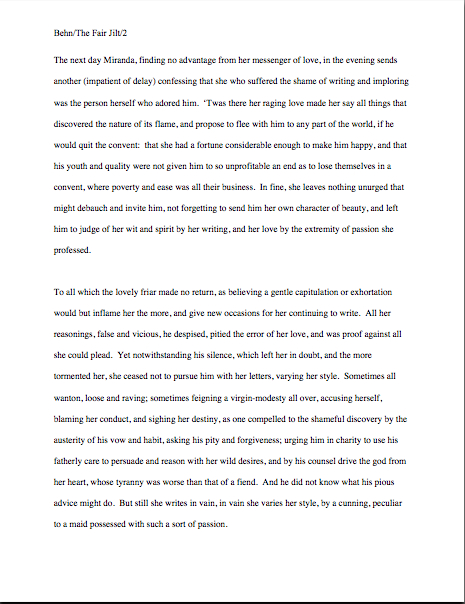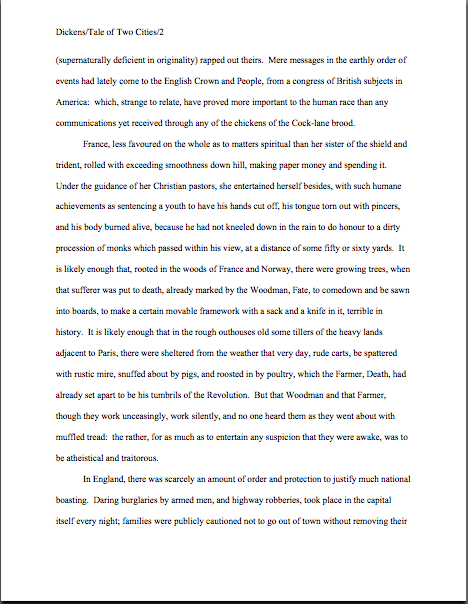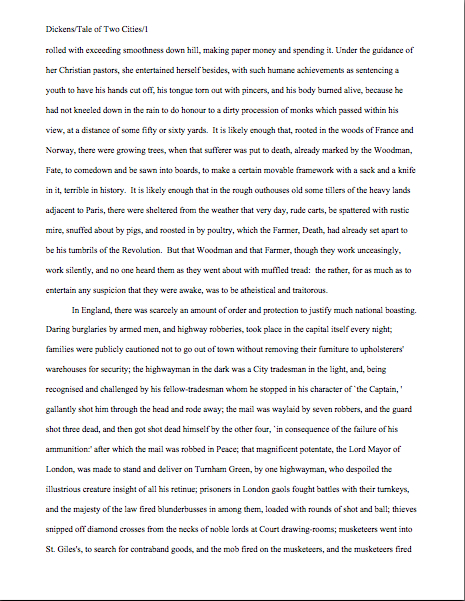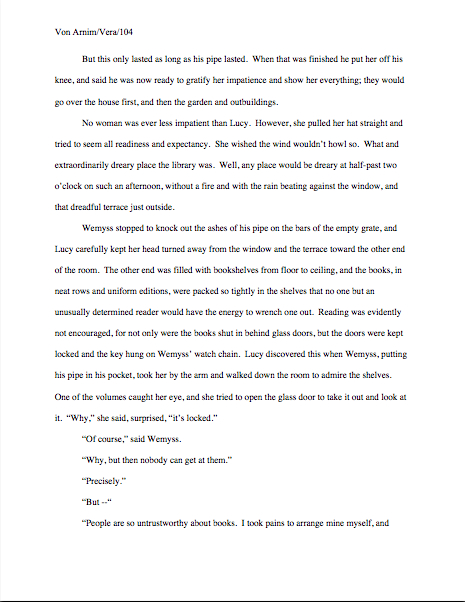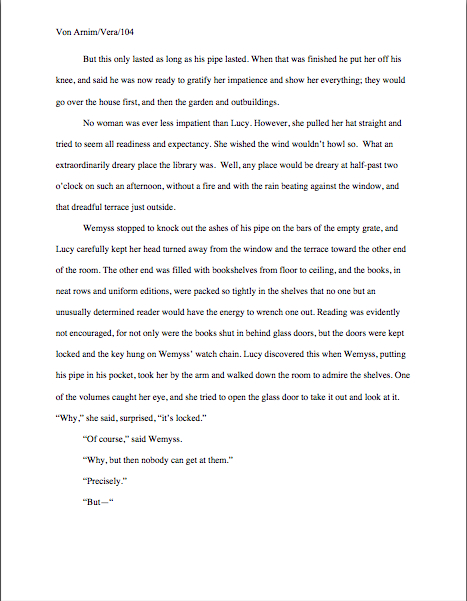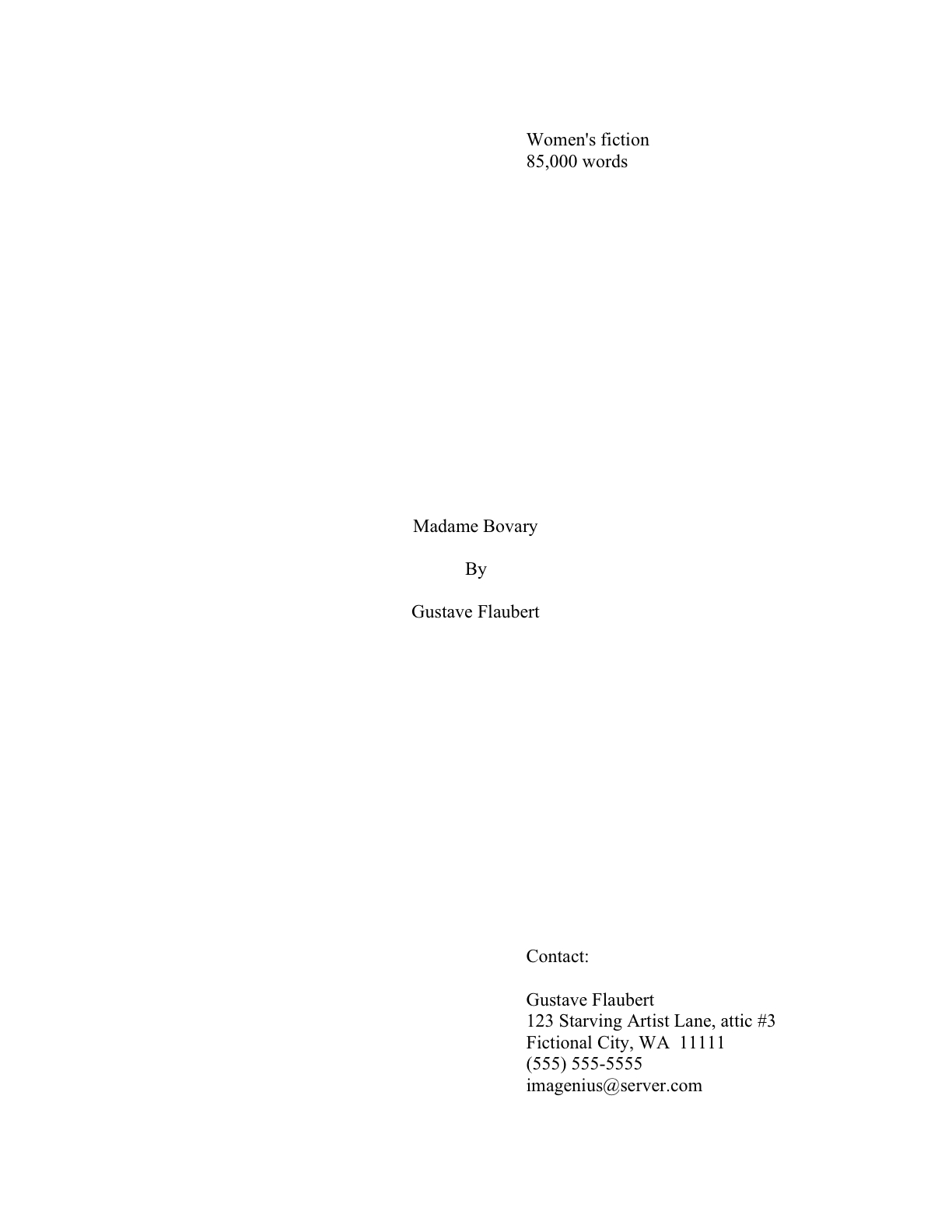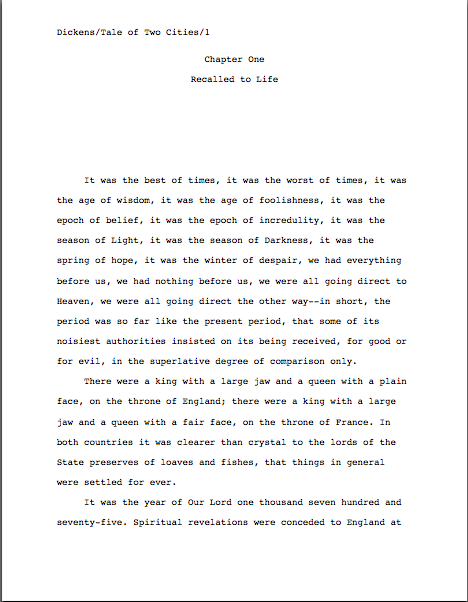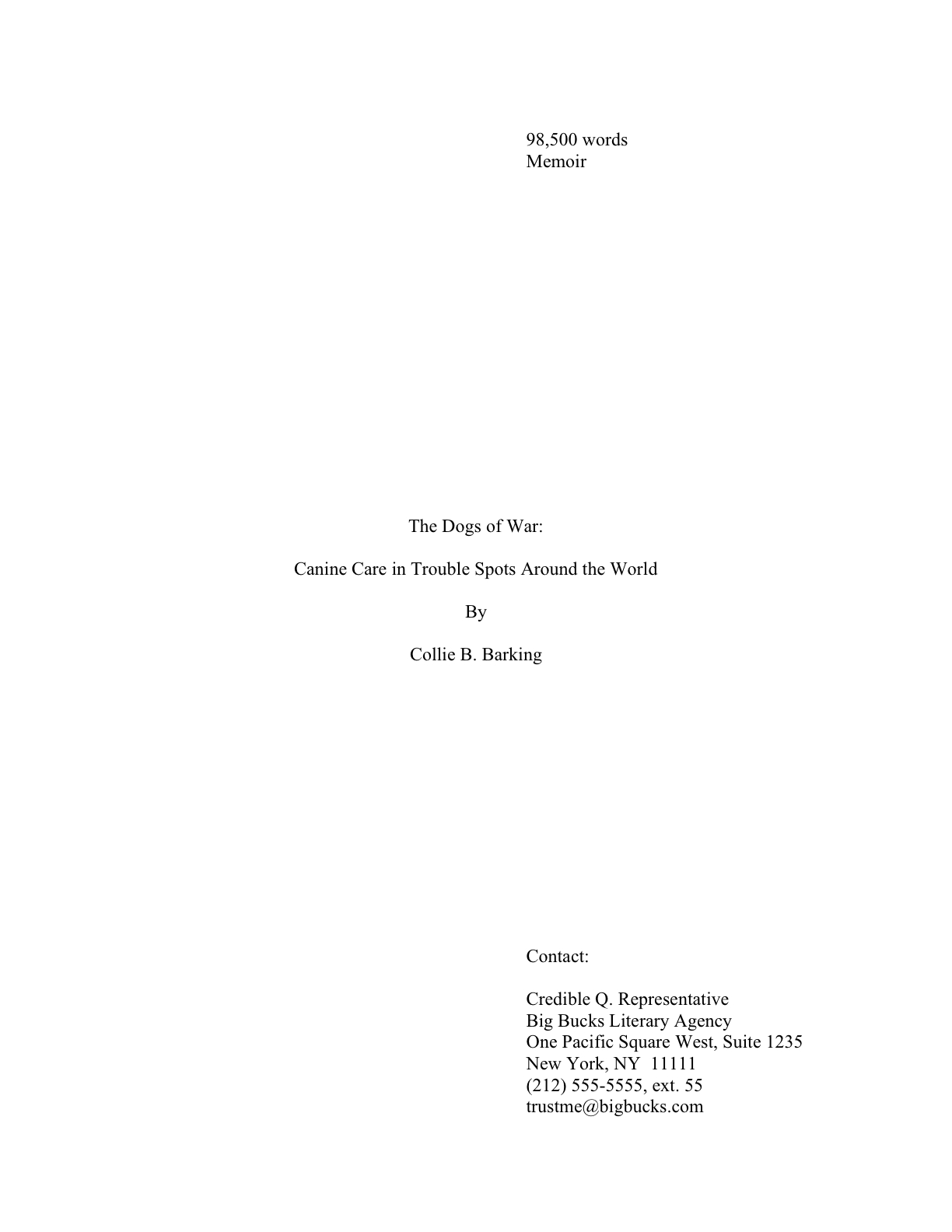
No, it’s not time to start humming that march from Lohengrin. Today, we’re going to be talking not about a semi-permanent commitment between two consenting adults for mutual benefit — which the writer-agent relationship is, ideally; contracts between agents and writers who happen to be minors can be a trifle more complicated — but about instances where aspiring writers THINK an agent has committed to something she hasn’t.
Yes, it happens all the time.
But I’m getting ahead of myself. For the enlightenment of those of you tuning in late in this series, I should explain that since most of the faux pas writers tend to make at conferences are simple matters of not being aware of the unwritten rules of the industry, this weekend I have been taking rounding off my Pitching 101 series by offering a few concrete examples of common pitching faux pas.
Admittedly, these little homilies may be a touch on the depressing side, since my fictional exemplars do EVERYTHING wrong, but hey, better them than you, right?
Today’s first melodrama concerns that ubiquitous conference misapprehension: not being versed enough in the ways of publishing folk to tell the difference between a nice conversation at a conference, an offer of help, and the beginning of a beautiful friendship. Sometimes, they can look awfully similar. But as the international relations folks say, where you stand depends on where you sit.
Yesterday, as part of my ongoing series on how to recognize and avoid common faux pas writers make in their initial encounters with agents, I introduced exemplar Lorenzo, an intrepid soul who believed that arguing with the agent who rejected him would cause her to change her mind and take him on as a client. Instead, he merely impressed her as an ill-mannered boor and unprofessional writer who could not deal with rejection well.
Um, bad idea.
In an industry where even ultimately very successful books are often rejected dozens of times before being picked up by an editor or publishing house, that latter quality is NOT one any agent is likely to be eager to embrace in a client. Because, contrary to common expectation amongst the pre-agented, those of us lucky enough to have signed with someone terrific tend to spend a LOT of time gnawing on our nails, waiting for the phone to ring.
(Yes, it IS a lot like dating in high school. Sorry to be the one to break that to you.)
A writer does not necessarily need to go over the top to bug an agent with over-persistence. Sometimes, the trick is knowing when to stop following up. Take, for example, the case of Mina:
Pesky persistence scenario 1: After several years of unsuccessful querying, Mina goes to her first writers’ conference. There, her learning curve is sharp: much to her astonishment, she learns that the ostensibly tried-and-true querying and submission techniques she had been using are seriously out of date; as a result, her submissions may not even have been read for more than a paragraph or two before being rejected.
“What?!?” she scrawls all over the conference program. “Why didn’t anyone mention this possibility before? I had thought that they were reading every syllable twice before rejecting me!
Like many writers when first faced with an accurate realization of just how hard it is to land an agent, Mina reacts with depression. Fortunately, she has made friends with a couple of more experienced writers at the conference, one of whom introduces her over drinks to Simon & Schuster editor Maxine.
After having spent many, many years trolling for clients at conferences, Maxine instantly recognizes the source of Mina’s despair, and takes the time to speak to her encouragingly. At the end of their chat, seeing that Mina is still a little blue, Maxine hands her a card and tells her to go ahead and send the first chapter of her novel.
For the rest of the conference, Mina chatters excitedly about her new friend Maxine. (To Lorenzo, as it happens, but he is too busy boasting about his new BFF Loretta to hear her.) Since they clicked so well, Mina reasons, there doesn’t seem to be all that much point in pitching to anyone else.
But hey, she paid for those appointments, so she goes ahead and pitches to a couple of agents and an editor. Two of the three ask for pages.
Mina is feeling terrific about herself and her work — but as soon as the conference is over, when she sits down again to pull together her post-pitching packets, her former depression returns, even more strongly. Why even try, she wonders, when she now knows that it’s so easy to get rejected?
So she seeks out the help that worked before: she sends a friendly, chatty e-mail to her new buddy. Maxine never replies. Wondering what went wrong, Mina tries again — and again, no response.
Mina is shattered, deciding that since Maxine’s friendliness had obviously been a sham, she must also have been utterly insincere in her request for pages. But wait – since Maxine was so much nicer than everybody else, and she turned out not to want the pages, doesn’t that mean that the other agents and editors who requested submissions wanted it even less? Why bother?
Having talked herself out of the possibility of ever succeeding, Mina ultimately never sends out any packets at all.
Okay, where did Mina do wrong?
She made that oh-so-common conference mistake: like Lauren and Lorenzo, she did not understand that a nice conversation at a conference is just a nice conversation at a conference, not necessarily the beginning of a lifelong friendship. Heck, given the current volatility of the literary market, having been someone’s client for several years does not necessarily guarantee a lifetime bond.
Nor was a lack of effusiveness an indication that the other agents were not going to read her work carefully – the behavior of one person, however well connected in the industry, is just the behavior of one person.
Yet, like about 40% of writers asked at conferences to submit materials, Mina managed to convince herself that she shouldn’t bother to place her ego on the line further. It was easier to decide instead that all of these people were too mean, too self-centered, too hostile to writers, etc.
Yes, you read that correctly: almost half of requested materials are never submitted. You might well wonder why someone would go to all the trouble of pitching and/or querying and THEN give up, but anteing up is genuinely scary. It doesn’t take much imagination to figure out that it’s probably going to be quite a bit more painful to have a manuscript rejected than a query or pitch.
So why, the Minas of the world conclude, take the risk? Especially when people at that conference were so mean, hostile, self-centered…
You know the words to the tune by now, don’t you?
Do I see a few hands raised out there? “But Anne,” some sharp-eyed readers point out, “this train of thought (which is a common one, unfortunately) followed Maxine’s non-response, rather than prompted it. So what was Mina’s INITIAL mistake?”
Good question. Anyone out there want to take a guess?
If you shouted out that it was not knowing Simon & Schuster’s policy on picking up unagented authors, give yourself partial marks: being aware of that would have helped her here. But Mina’s primary mistake was not so much a professional lapse in judgment as an interpersonal one: she mistook someone in the industry’s being nice to her as an invitation to take advantage of similar kindness in the future.
This, I assure you, happens ALL the time, not only to agents and editors, but to anyone who speaks at conferences, teaches writing classes, publishes a book, or even – I must say it — writes a reasonably informative blog.
Doubt this? Okay, the next time you’re at a conference, wander into the bar that’s never more than 100 yards away, stand on a chair, and offer to buy a drink for anyone in the industry who will tell you about the time that some aspiring writer mistook friendliness for a commitment. You may well go bankrupt before you run out of takers.
The sad part is, from the writer’s perspective, it almost always begins fairly innocuously: after an initial contact, a writer will e-mail or call with a question. Then e-mail or call again — and again, and again, until soon, it starts to look to the industry professional as though the writer is inventing excuses for contact, for precisely the same reason Mina did: to try to evoke a human response from an industry that from the outside appears monolithic, cold, and hostile to new writers.
That’s nonsense, of course: the industry’s not monolithic; it’s polychromatically cold and hostile.
From the encroaching writer’s perspective, though, the progression of contact doesn’t look out of line at all. Mina merely thinks that she has a friend on the inside who can help her retain hope; most of the time, writers who e-mail or call speakers at conferences have legitimate questions.
But it’s a slippery slope: there’s a big difference between calling on a resource person who is happy to help out with the occasional quick question, starting to regard that person as one’s FIRST stop for any publishing-related question — and e-mailing four times a day simply because one enjoys having contact with someone in the industry.
All of the above are real examples, by the way, and all have happened many times to every conference speaker I know.
By all means, seek expert advice, but tread lightly: remember, by definition, people involved in the publishing industry are trying to make a living at it — and as my agent keeps hinting, no one has ever made a living dispensing free advice.
Except Dear Abby.
“Wait just a minute!” a protesting cry emerges from cyberspace. “Maxine gave Mina her card! Why would she do that, if not to encourage future contact?”
For precisely the reason Maxine said: so Mina could send the first chapter to her.
While handing over a card may well have seemed like the heavens opening and St. Peter reaching out his staff to a writer who has been buffeted for a long time by rejection, it was actually a fairly low-commitment (and certainly low-effort) thing for Maxine to do. Simon & Schuster, like all of the major US publishers, has an absolute policy against picking up unagented writers: even if Maxine fell in love with Mina’s work at the first paragraph, the best assistance she could have offered would be a recommendation to an agent, not a publication contract.
In that case, what was so wrong with Mina dropping a friendly line?
Well, as I hope any long-time reader of this blog now parrots in her sleep, there is NOTHING that people in the publishing industry hate more than having a nanosecond of their time wasted. There’s a pretty good reason for that: this business runs on deadlines. Since any reasonably successful agent is constantly juggling not only her own deadlines, but those of her entire client list as well, the chances that an unsolicited call or e-mail is going to catch her when she is busy are very high indeed.
Perhaps it’s unfair, but the vast majority of agents expect every writer who approaches them to be aware of that. Any aspiring writer who has taken the time to learn how the business works — an absolute prerequisite for being an agent’s dream client, right? — would know that acquiring new clients is only a small part of what an agent does for a living; it’s not as though a new client will bring income to the agency right away, after all. (If you don’t understand why, you might want to take a pick at the TIME BETWEEN SUBMISSION AND PUBLICATION category at right.) In order to stay in business, an agent has to sell the manuscripts her already-signed clients give her.
Since all too many aspiring writers seem unaware of these facts, approaching agents as though responding to queries, pitches, and submissions were their ONLY jobs — hands up, everyone who has ever met a submitter who acts surprised that a requesting agent didn’t drop everything in order to read requested pages the day they arrived at the agency — lack of courtesy about taking up an agent’s time is widely regarded as symptoms of unprofessionalism in a writer. So are extraneous e-mails, letters (beyond queries, cover letters for requested materials, and perhaps a simple thank-you note), and virtually any phone call that is not initiated by the agent.
Yes, even if it’s just to ask a question. Agents are pretty tenacious of their time.
That can be confusing to writers new to the game; a neophyte, by definition, is going to have a lot of questions to ask, after all. That’s fine, if they’re intelligent, thoughtful questions.
But the next time you’re at a conference, ask any agent you happen to meet for a definition of their nightmare client, and I can assure you that it will include a shuddering reference to someone who contacts them so often that they can’t get on with their work.
So was it unfair for Maxine to assume that Mina is one of these fearsome types based upon a single chatty e-mail? Probably. But Mina made one other mistake: she sent the e-mail INSTEAD of mailing (or e-mailing) the chapter Maxine requested.
Even if she requested it only to be nice (as seems probable here), a professional request is a professional request; by not complying with it, Mina announced to Maxine as effectively as if she had used it as the subject line of her e-mail that she’s not industry-savvy enough to be likely to break into the industry very soon. So, professionally speaking, Maxine would lose nothing by brushing her off.
Beggars, the old adage goes, can’t be choosers, and aspiring writers, as we all know to our cost, cannot set the terms of engagement with prospective agents. Sometimes, perhaps even most of the time, these terms are unfair; certainly, agents have set the rules to their own advantage.
Which means, perversely, that there is a fail-safe fallback rule governing your interactions with them: let the agent determine the level of intimacy between you.
Within reason, of course. Obviously, it makes sense for you to take the initiative to pitch and query your work; equally obviously, it is to your advantage to send out your work promptly after it is requested.
Perhaps less obviously, it behooves you to follow up if an agent has sat on a project of yours too long without responding.
Beyond that, however, let the agent set the pace of your progressing relationship. Save the chatty e-mails for after she has started to send them to you; call only after she has established that she welcomes your calls. And keep the contact professionally courteous until you have solid, ongoing evidence that your agent regards you as a friend as well.
Trust me on this one: agents are not typically shy people; habitual reticence would be a serious professional impediment. If an agent has decided to make you a lifelong friend, she’s going to let you know about it.
I’m sensing quite a bit of disgruntlement out there. “Okay, Anne,” some readers who aren’t entirely happy in retrospect about their last conferences after having read the last couple of days’ worth of posts, “it’s helpful to know what NOT to do — although it would have been nice to hear about some of this before I attended a conference. How about telling us what would be an appropriate response to a successful pitch meeting?’
I’ll do better than that, less-than-content conference attendees. I’ll run you through a quick series of dos and don’ts. (And for those whose schedules don’t coincide well with the timing of my various series: you can usually find quite a few posts on the topics relevant to most major stages of the writer’s life on the category list on the lower right-hand side of this page. 24 hours per day, 7 days per week. How’s that for anticipating your needs?)
This may be old hat to some of you, especially those of you who have been hanging around Author! Author! for a while, but this is precisely the sort of wisdom that tends to be passed only by word of mouth amongst writers. Take good notes — and if any of this doesn’t make sense to you, please ask questions.
DO write REQUESTED MATERIALS — (CONFERENCE NAME) in big, thick pen strokes on the outside of the envelope. As you probably know, agents and editors receive literally hundreds of missives from aspiring writers per week. If they asked for your work, it belongs in a different pile from the five hundred unsolicited manuscripts and query letters.
DON’T write REQUESTED MATERIALS if they did not actually request your work. Instead, write the conference’s name with the same big, fat pen on the outside of the envelope, so they know you’ve been professional enough to attend a conference and have heard them speak.
DO write (CONFERENCE NAME) – FINALIST/PLACE WINNER (CATEGORY) on the outside of the envelope if you did get honored in the contest. When I won my first major contest, both the fiction winner and I (the NF winner) did this in 2004, and every single agent thanked us for it. It kept our work from getting lost in the piles on their desks.
DON’T send more material than the agent/editor asked to see. (A big pet peeve for a lot of ‘em.) This is not like a college application, where sending brownies, an accompanying video, or a purple envelope will get you noticed amongst the multitudes: to agents and editors, wacky tends to equal unprofessional, which is the last label you want affixed to your work. And don’t spend the money to overnight it; it will not get your work read any faster.
DO send a polite cover letter with your submission. It’s a good chance to show that you have appropriate boundaries, and that you are professionally seasoned enough to realize that even a very enthusiastic conversation at a conference does not mean you’ve established an intimate personal relationship with an agent or editor.
DON’T quote other people’s opinions about your work in the query letter, unless those people happen to be well-known writers. If David Sedaris has said in writing that you’re the funniest writer since, well, him, feel free to mention that, but if your best friend from work called your novel “the funniest book since CATCH-22,” trust me, it will not impress the agent.
DO mention in the FIRST LINE of your cover letter either (a) that the agent/editor asked to see your work (adding a thank-you here is a nice touch) or (b) that you heard the agent/editor speak at the conference (mention it by name). Again, this helps separate your work from the unsolicited stuff.
DON’T assume that the agent will recall the conversation you had with her about your work. Remember, they meet scores of writers; you may not spring to mind immediately. If you had met 500 people who all wanted you to read their work over the course of three days, names and titles might start to blur for you, too.
DO mention in your cover letter if the agent/editor asked for an exclusive look at your work. If an agent or editor asked for an exclusive, politely set a time limit, say, three weeks or a month. Don’t worry that setting limits will offend them: this is a standard, professional thing to do. That way, if you haven’t heard back by your stated deadline, you can perfectly legitimately send out simultaneous submissions.
DON’T give any agent or editor an exclusive if they didn’t ask for it — and DON’T feel that you have to limit yourself to querying only one agent at a time. I’ve heard rumors at every conference that I have ever attended that agents always get angry about multiple submissions, but truthfully, I’ve only ever heard ONE story about an agent’s throwing a tantrum about it – and that only because she hadn’t realized she was competing with another agent for this particular book.
Your time is valuable. Check a reliable agents’ guide to make sure that none of the folks you are dealing with demand exclusives (it’s actually pretty rare), and if not, go ahead and send out your work to as many agents and editors who asked to see it.
DO consider querying agents and editors with whom you did not have a meeting at the conference — and tell them that you heard them speak. (Mention it by name, either in the first paragraph of your query or the subject line of a query e-mail.) Just because you couldn’t get an appointment with the perfect person at the conference doesn’t mean that the writing gods have decreed that s/he should never see your work.
DON’T call to make sure they got your work. This is another common agenting pet peeve: writers who do it tend to get labeled as difficult almost immediately, whereas you want to impress everyone at the agency as a clean-cut, hard-working kid ready to hit the big time.
If you are very nervous about your work going astray, send your submission with delivery confirmation or enclosed a stamped, self-addressed postcard that they can mail when they receive your package. Don’t telephone.
DO send an appropriate SASE for the return of your manuscript – with stamps, not metered postage. I always like to include an additional business-size envelope as well, so they can request further pages with ease. Again, you’re trying to demonstrate that you are going to be a breeze to work with if they sign you.
DON’T just ask them to recycle the manuscript if they don’t want it. There are many NYC offices where this will seem like a bizarre request, bordering on Druidism. Include the SASE unless the agency specifically says on its website that it will not return manuscripts.
DO make sure that your manuscript is in standard format: at least 1-inch margins, double-spaced, every page numbered, everything in the same 12-point typeface. (Most writing professionals use Times, Times New Roman, or Courier; screenwriters use exclusively Courier. And yes, there ARE agents and editors who will not read non-standard typefaces. Don’t tempt them to toss your work aside.)
If you are submitting a nonfiction book proposal, send it in a nice black or dark blue file folder –this is not the time to bring out your hot pink polka-dotted stationary and tuck it into a folder that looks like something out of Jerry Garcia’s wardrobe. Think of it like a job interview: a black or blue suit is not going to offend anyone; make your work look as professional as you are.
DON’T forget to spell-check AND proofread in hard copy, not only the manuscript, but also your cover letter for the submission. Computerized spelling and grammar checkers are notoriously unreliable, so do double-check. When in doubt, have a writing buddy or a professional proof it all for you.
DO give them time to read your work – and use that time to get your next flight of queries ready, not in calling them every day.
DON’T panic if you don’t hear back right away, especially if you sent out your work in late July or August. A HUGE percentage of the publishing industry goes on vacation between August 1 and Labor Day, so the few who stick around are overworked. Cut them some slack, and be patient.
DO remember to be pleased that a real, live agent or editor liked your pitch well enough to ask for your work! Well done!
DON’T be too upset if your dream agent or editor turns out not to be interested in your project, and don’t write that person off permanently; s/he may be wild about your next. Keep your work moving, rather than letting it sit in a drawer. Yes, it’s hard emotional work to keep sending out queries, but you can’t get discovered if you don’t try.
DO take seriously any thoughtful feedback you receive. As you may already know, boilerplate rejection letters are now the norm. If an agent or editor has taken the time to hand-write a note on a form letter or to write you a personalized rejection, you should take this as a positive sign – they don’t do that for everybody. Treasure your rave rejections, and learn from them.
Puzzled by the speed of this overview? Don’t worry — I’m going to be talking in greater depth next time about how to handle a “Yes, please do send pages” response to your pitch or query.
In the week to come, I’m going to be talking about the ins and outs of query letters, to get everyone ready to send ‘em out just after Labor Day; shortly thereafter, I had planned on covering the basics of submission packets before wending my way back to the large pile of craft questions that have piled up over the course of the summer.
In short, it’s going to be a busy few weeks here at Author! Author! Keep up the good work!



